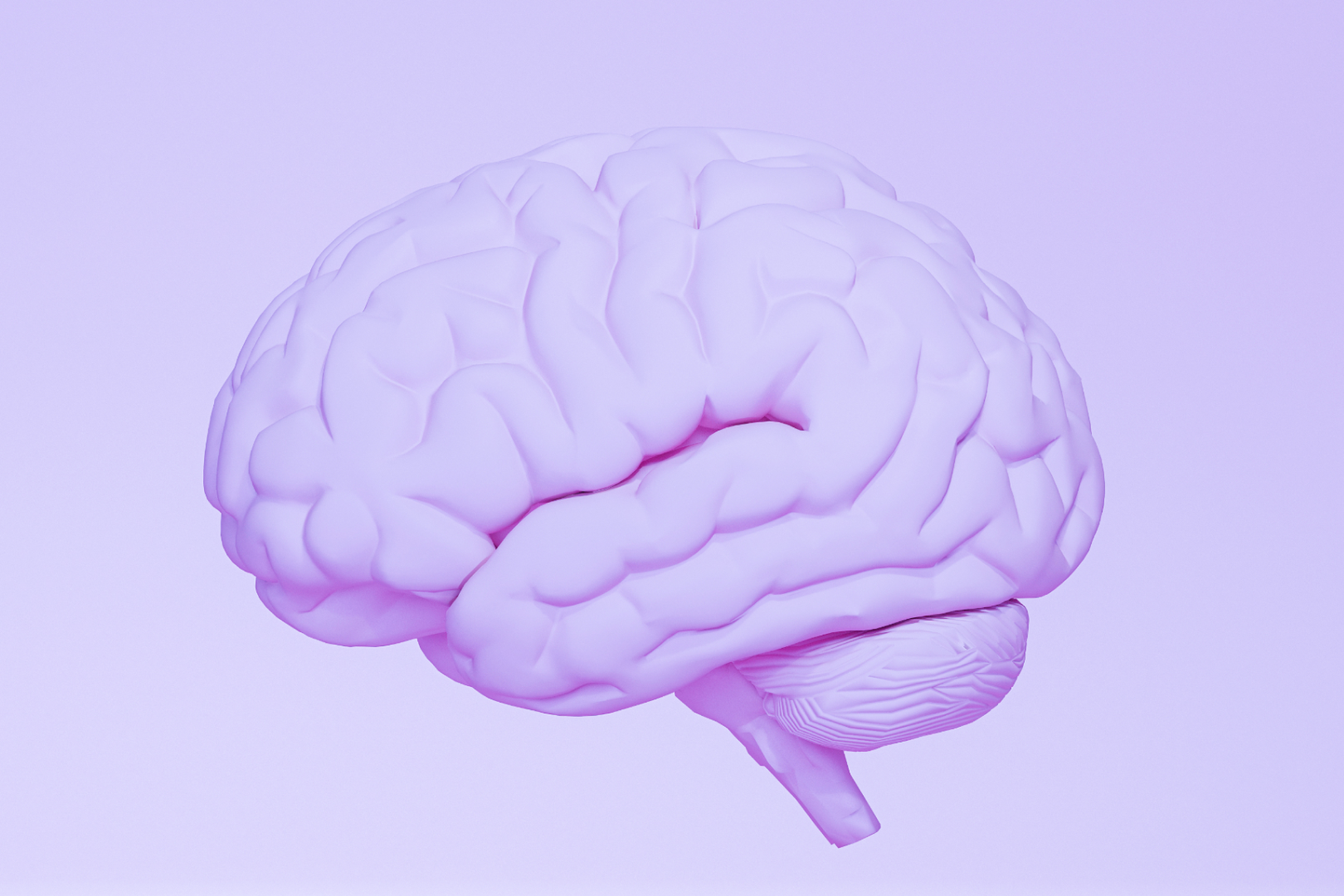Every person has a unique fingerprint. And unique brain anatomy. The human psyche is awesomely complex, a mix of genetics, physiology, and the individual’s social environment. There are also emotional and spiritual components – the intangible ways that each person cultivates their personality, and experiences being in the world. Is it any wonder that everybody’s mental health is completely different too?
Is all mental stress the same?
No. Just as everyone’s psyche is different, we each have a unique experience of stress. Anxiety, for example, manifests in several ways, from extreme panic attacks to mild apathy and everything in between. Even so, there are several types of mental stress that can be categorized in order to gain a better understanding of the phenomenon of stress and how to manage stress more effectively.
Understanding the different types of stress
There are several ways that the variations of stress can be distinguished from one another. These include:
- the duration of the stress
- the cause or trigger of the stress
- and whether the stress can be considered “good” or “bad”.
Duration-based stress
There are five types of mental stress defined primarily according to how long the stress lasts:
Acute stress
This is a result of a threat or challenge that creates a heightened level of stress that is short in duration. For example, solving a complex math problem is an example of acute stress.
Episodic stress
This is when an individual is faced with acute stress episodes on a regular or frequent basis. An example might be if a person who hates public speaking has to deliver a series of lectures, or when a person is obligated to visit a difficult family member twice a week.
Stressful event sequences
This is when an event or series of events creates an ongoing heightened stress level, for example, the death of a loved one, divorce or unemployment.
Chronic stress situations
People affected by ongoing stressful circumstances that affect their daily lives are said to be under chronic stress. This could be due to chronic illness, a toxic workplace, poverty, or many other long-term situations.
Distant stress
This is defined as stress induced by traumatic experiences from the past. As such, it is an ongoing pattern of stress that exists almost as an underlay for the individual’s entire life.
Caused-based stress
Mental stress types can also be defined according to the trigger or cause. In Stress and the Manager (1986), author and researcher Dr Karl Albrecht proposed a model that included four categories of stress, each caused by a different factor:
Time stress
This type of stress is caused by a lack of time in which to finish tasks or fulfill responsibilities. For example, an unrealistic deadline at work is a great example of time-related stress.
Anticipatory stress
This is when a person feels stressed and anxious about an upcoming event or something that may happen in the future. The week leading up to a job interview or a first date, for example, may be a cause of anticipatory stress.
Situational stress
Stress of this type is triggered by external situations or events, such as a family conflict, emergency situation, or even loss of status, like being demoted at work.
Encounter stress
Encounter stress is when a person is anxious about encountering a person or group of people. For example, a teen who feels left out of a social clique, or a colleague who is difficult to work with can both lead to encounter stress for the individual.
“Good” vs “bad” stress
Stress is a word with definite negative connotations. It has come to be associated with the unpleasant feelings and debilitating symptoms of acute or chronic stress. However, stress is often a good thing. For example, during exercise, the body is under a beneficial and healthy form of stress. Muscles must be placed under stress in order to become stronger.
Stress is, after all, a natural and inevitable part of life. It only becomes a problem when it is taken too far or becomes overwhelming. A more recent approach to defining stress is to categorize it according to whether it involves positive or negative feelings or sensations.
It is also defined by whether it leads to a positive result (ie. increased fitness) or a negative result (ie. a sports injury). The terms used to denote bad and good stress are “distress” and “eustress”.
Distress
This is the name given to bad stress, which is what most people mean when they talk about stress. Distress leads to physical and emotional symptoms, such as anxiety, depression, health complaints, fatigue and more.
Eustress
This is the name to describe good stress; that is, stress that acts as a driver for positive action, change or growth. For example, the stress of an upcoming exam can be healthy if it spurs the individual to study harder and achieve their goals.
Of course, “distress”, or bad stress, has been researched exhaustively. It continues to be studied by doctors, psychologists, and laypeople who are all looking for a way to better understand and manage the symptoms of stress, and improve their quality of life. “Eustress”, on the other hand, is a new concept in the research field.
What it is, how it works and how eustress is different from distress are all still under debate among the scientific community.
One thing’s for sure
Stress in all its forms is a universal human challenge, but mental health is not all the same. There are many types of stress, and emerging theories about how stress manifests according to situations and individuals.
Yet, whoever you are, wherever you live, and whatever your personal makeup and circumstances, learning techniques to cope with stress and managing your individual triggers and mental health is the greatest gift you can give to yourself.
To further support your stress management journey, consider using the Reflect Orb. This relaxation device uses data and analytics to help you identify stress triggers and enhance your mindfulness practice.





